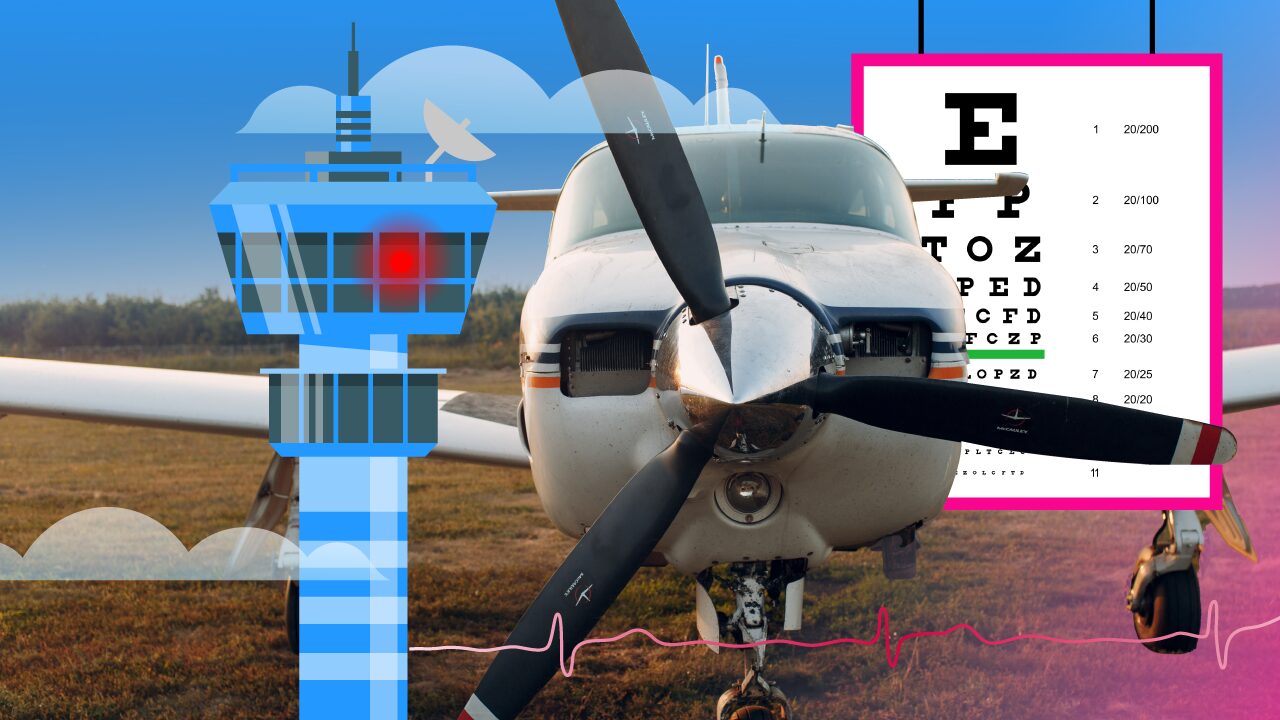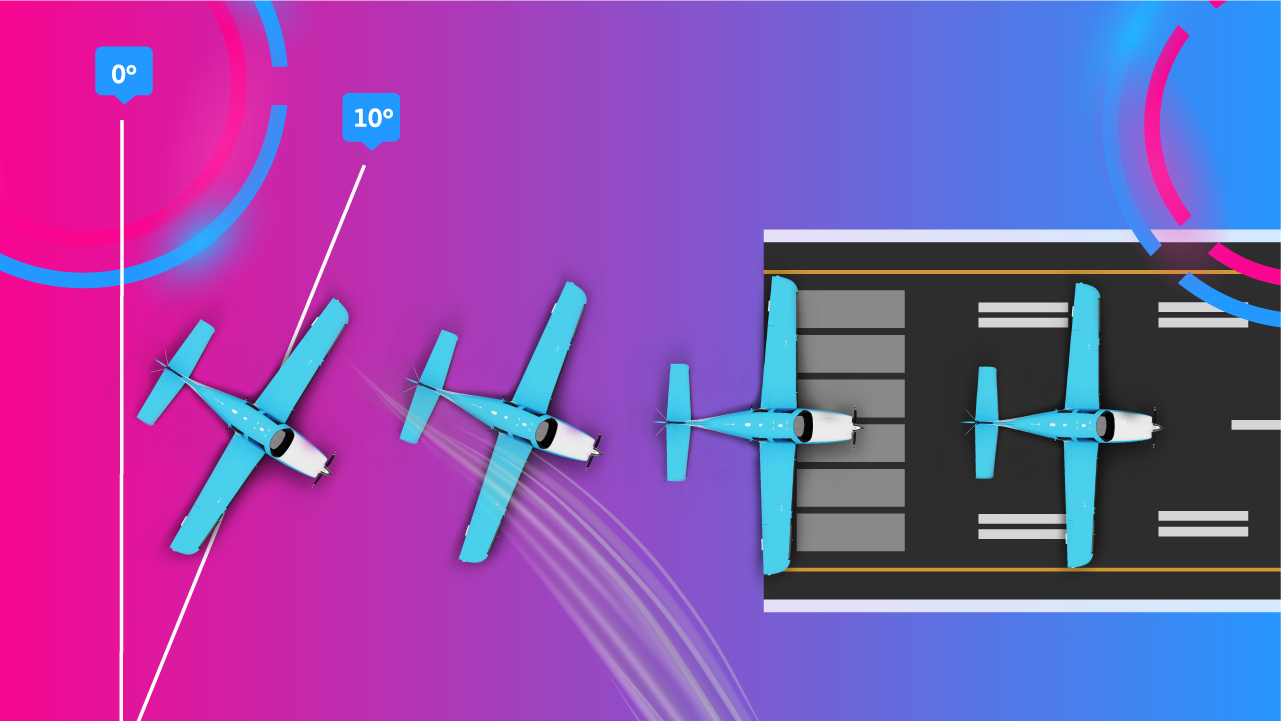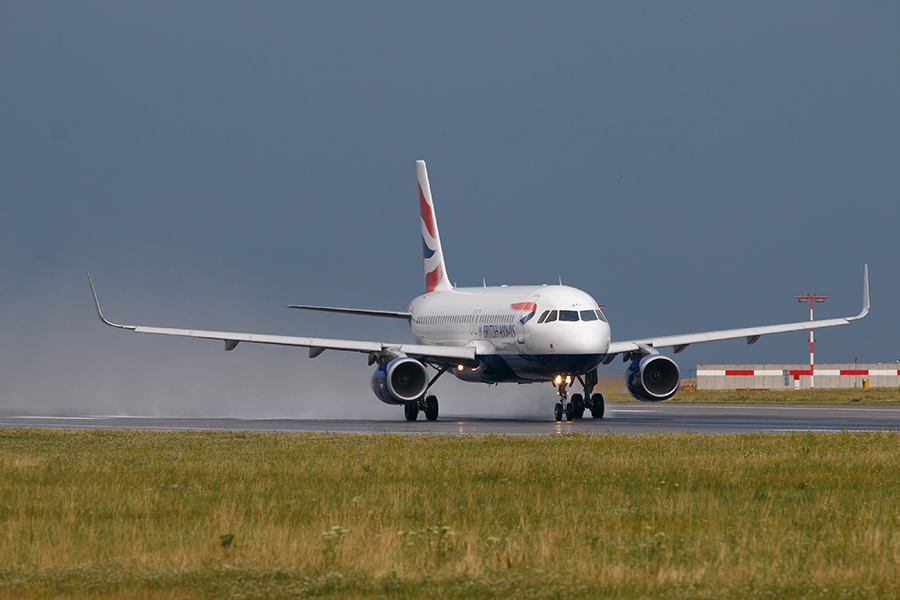When your flight instructor brings up “A-TOMATO-FLAMES,” you might wonder if they’re speaking in code.
But the truth is that this acronym serves as a handy tool to help you remember the mandatory equipment for Visual Flight Rules (VFR) flights, as outlined in FAR 91.205.
Each letter corresponds to a specific piece of equipment that must be operational for you to fly VFR.
In this guide, you’ll learn all about A-TOMATO-FLAMES and how it helps you prepare your aircraft for compliance.
Key Takeaways
- A-TOMATO-FLAMES and FLAPS are easy ways to remember required equipment for VFR flights.
- FAR 91.205 lists the mandatory equipment for safe and legal flying, day or night.
- The Pilot in Command is responsible for ensuring all equipment is functional before every flight.
- Knowing required equipment could prevent emergencies and ensure safer flights.
What Is A-TOMATO-FLAMES?
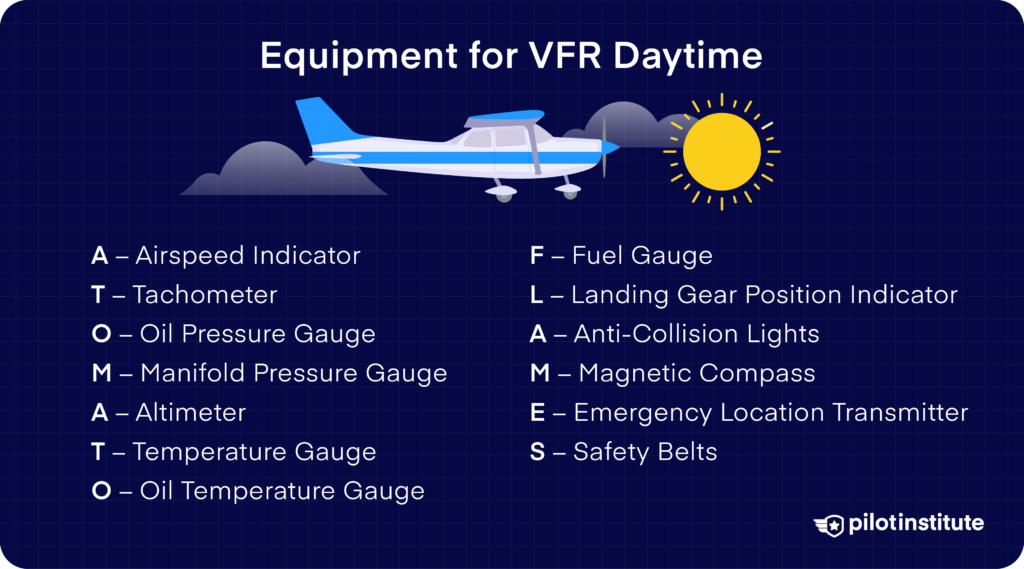
Pilots use the A-TOMATO-FLAMES acronym to remember all the necessary equipment for flying under VFR rules.
Each letter stands for an important item to make sure your aircraft follows the Federal Aviation Regulations (FAR) 91.205.
Breaking Down A-TOMATO-FLAMES
Here’s what each letter stands for in the acronym A-TOMATO-FLAMES:
- A – Airspeed Indicator
- T – Tachometer (for each engine)
- O – Oil Pressure Gauge (for each engine)
- M – Manifold Pressure Gauge (for each engine, if applicable)
- A – Altimeter
- T – Temperature Gauge (for each liquid-cooled engine)
- O – Oil Temperature Gauge (for each engine)
- F – Fuel Gauge
- L – Landing Gear Position Indicator (if applicable)
- A – Anti-Collision Lights (For aircraft certificated after March 11, 1996)
- M – Magnetic Compass
- E – Emergency Location Transmitter (ELT)
- S – Safety Belts
Together, these items make up the minimum equipment list for VFR day flights. If you plan to fly at night, there’s more you’ll need to add.
FLAPS: The Additional Equipment for VFR Night Flights
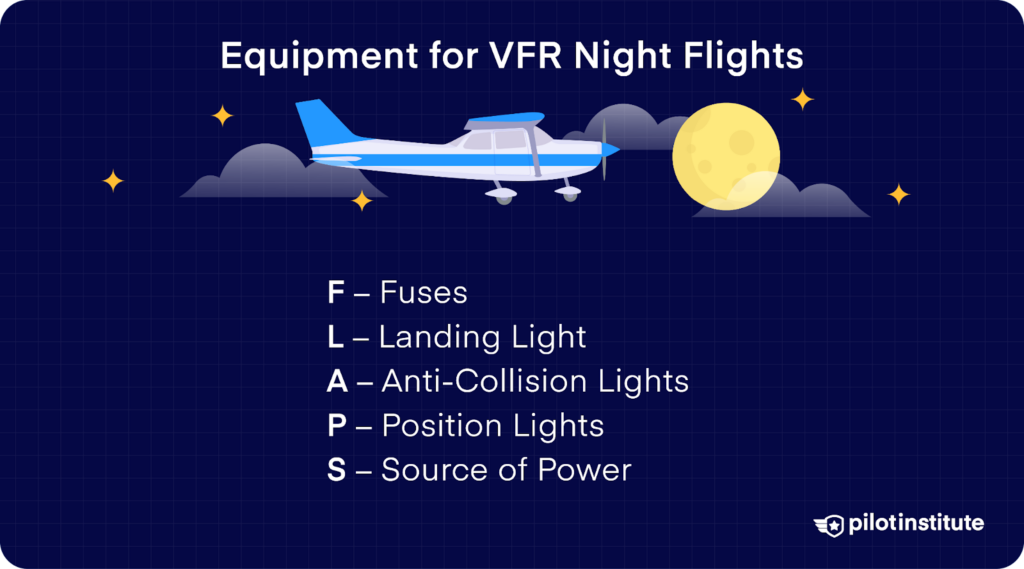
For night VFR flights, FAR 91.205(c) requires additional equipment to ensure safe operation. This is where the acronym FLAPS comes in.
What FLAPS Stands For
- F – Fuses
- L – Landing Light
- A – Anti-Collision Lights
- P – Position Lights
- S – Source of Power
Combining A-TOMATO-FLAMES and FLAPS ensures that your aircraft is fully equipped for safe day and night VFR operation.
Some pilots use “A-TOMATO-FLAMES-FLAPS” as a combined reminder for both daytime and nighttime equipment needs.
Understanding FAR 91.205
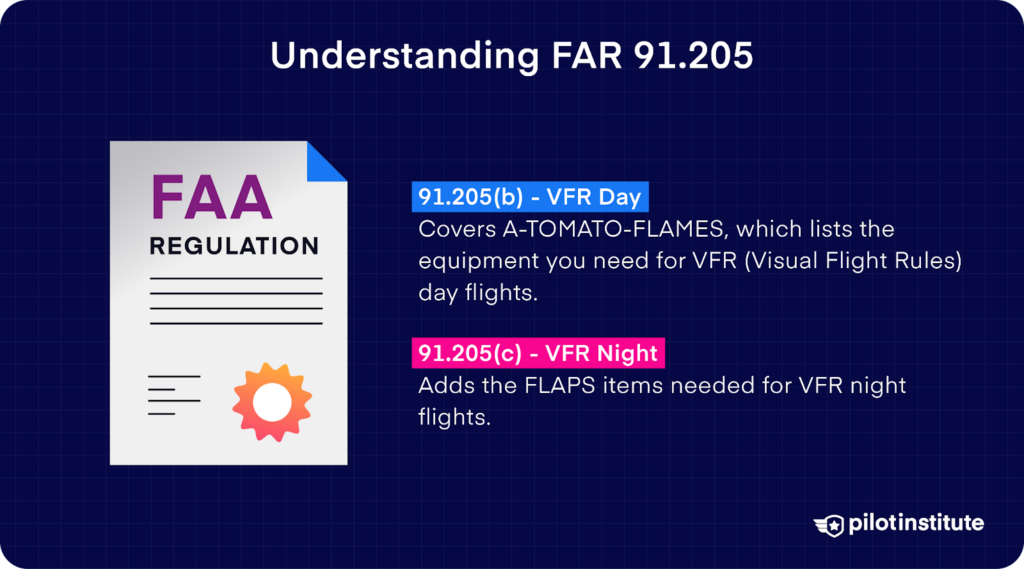
FAR 91.205 is a part of the Code of Federal Regulations (14 CFR 91.205) that tells you the minimum equipment your aircraft needs for different types of flights. It’s broken down into three main sections:
- 91.205(b) – VFR Day: Covers A-TOMATO-FLAMES, which lists the equipment you need for VFR (Visual Flight Rules) day flights.
- 91.205(c) – VFR Night: Adds the FLAPS items needed for VFR night flights.
- 91.205(d) – IFR Flight: Lists the equipment required for IFR (Instrument Flight Rules) flights. This includes everything from sections (b) and (c) plus some extras like instruments for gyroscopic navigation and communication.
It’s important to learn these regulations and understand why each piece of equipment is required. It’ll help you stay prepared for any conditions you might face.
Why Is A-TOMATO-FLAMES Important?
As the Pilot in Command (PIC), it’s your job to make sure everyone on board stays safe. By making sure your aircraft has all the required working equipment, you greatly lower the risk of in-flight emergencies.
Here’s why this matters:
- Legal Compliance: Flying without the required equipment could lead to fines, suspension, or even losing your license.
- Safety Assurance: Each piece of equipment has a purpose. Like measuring speed, altitude, or letting others know where you are in case of an emergency.
- Pilot Confidence: When you know your aircraft meets the legal standards, you can fly and focus on navigating safely.
Think about situations where equipment, like a fuel gauge or altimeter, stops working.
A faulty fuel gauge could lead to running out of fuel, and a broken altimeter might leave you uncertain of your altitude.
Knowing and using A-TOMATO-FLAMES makes sure these problems don’t become hazards in the future.
Conclusion
Applying the A-TOMATO-FLAMES and FLAPS acronyms will help you embrace a mindset of thorough preparation.
Familiarizing yourself with these equipment requirements helps you comply with regulations and enhances your competence as a pilot.
So, before your next flight, take a moment to review these checklists. It’s a small step that contributes to the larger goal of safe flying.

